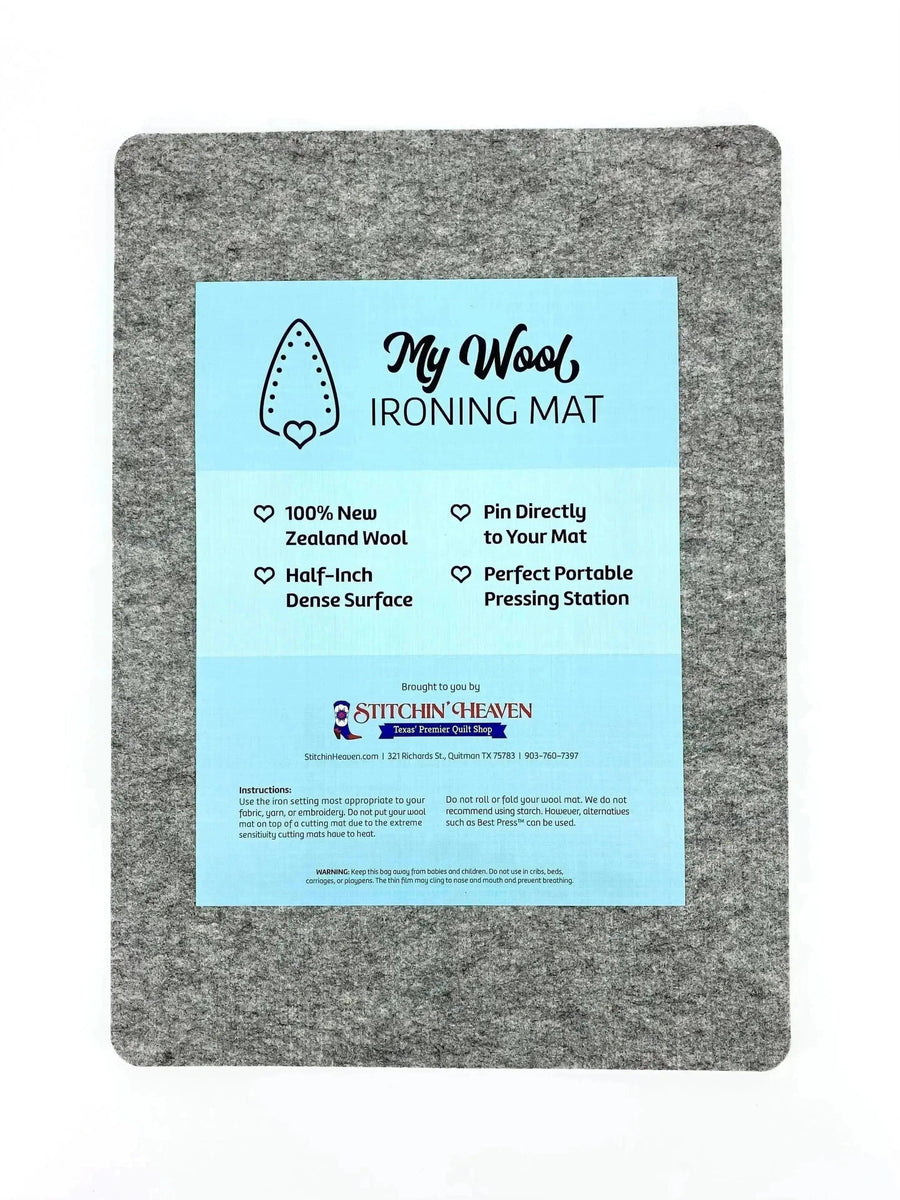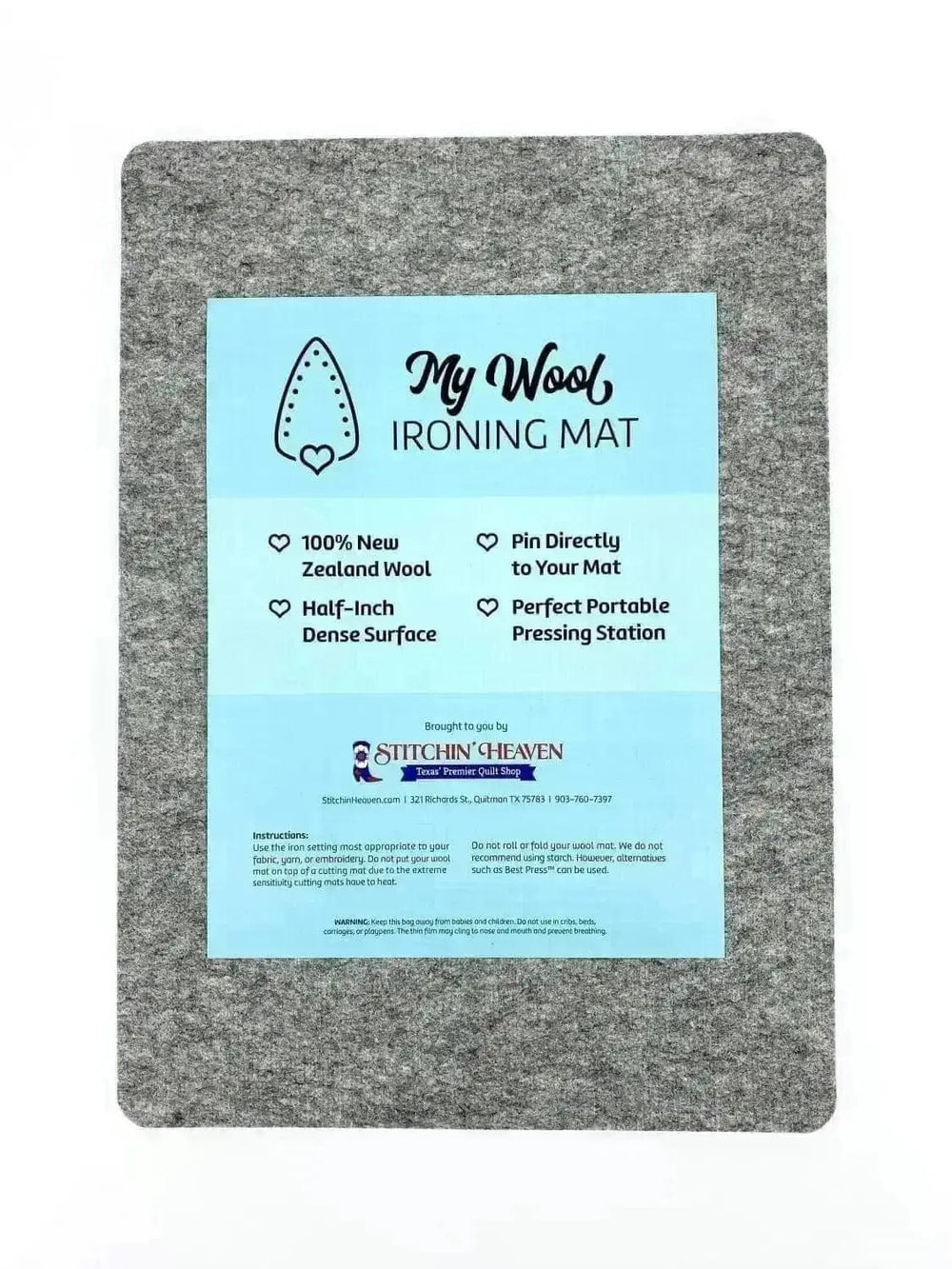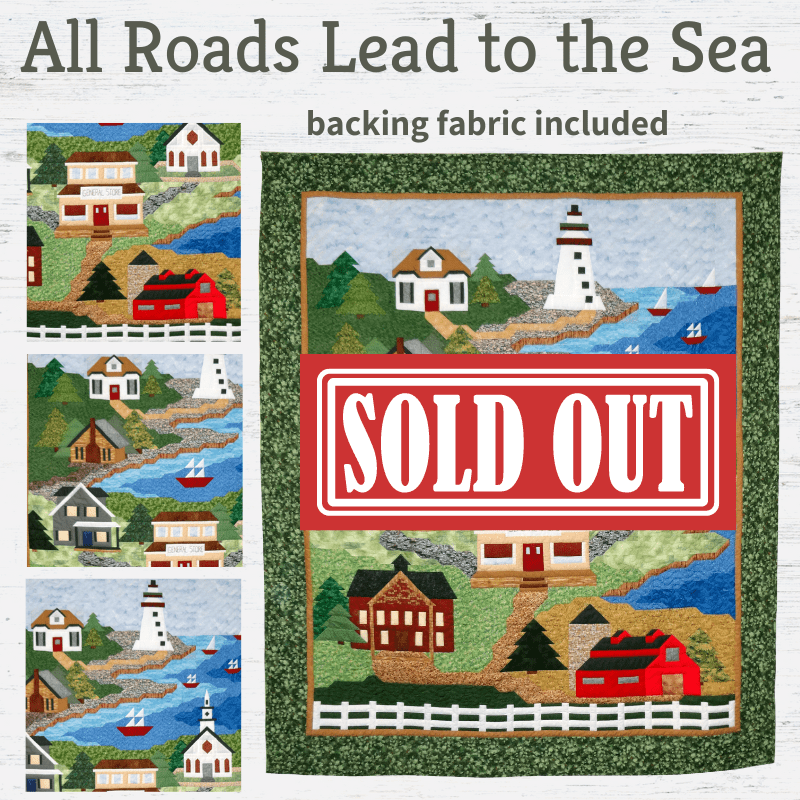Stitchin' Heaven How-To: String Quilts
How to Make String Quilts
Scrap fabric piles tend to grow over time when you're a prolific quilter, so finding projects to complete with them such as string quilts helps you reduce clutter in your creative space. Simple to design and stitch for novices and experts alike, string quilts let you pair smaller pieces that don't fit with standard quilt patterns to make a free-form design. If you're thinking about making your own scrappy quilt, but aren't sure just where to start, read on for more information about this quick, simple art form. Our string quilt tutorial lines out the supplies you need for string quilting and instructions for construction, and it also includes tips and tricks for taking your crafting project up a notch.
String Quilt Pattern and Block Types
Since string quilts utilize thin scrap strips of fabric, blocks are usually on square foundations with angled strips sewn together. However, you can also use other quilt patterns for your design. Some quilters use triangular piecing techniques with more complexity than standard blocks, while others put together long rectangular foundations. The one thing foundation piecing designs have in common is that quilters typically join them together by combining four quilt blocks into a diamond-shaped formation. Keep in mind that the smaller your scraps, the smaller you need to make your quilt blocks, as larger designs naturally take more fabric.
Supplies for Making String Quilts
When you know the kind of quilt blocks you wish to use for your string quilt, it's time to gather the supplies. No matter what type of string quilt blocks you wish to use or how many you need to complete your DIY project, you still need the same basic supplies for your DIY quilting project. These supplies include:
-
Fabric for foundation piecing, preferably muslin
-
Strips of fabric cut into 1.25- to 2.5-inch pieces
-
The thread that matches your scraps and quilt pattern
You can also add optional materials to your quilt pattern, including:
-
Fabric glue to hold center quilt block in place
-
Fabric scraps into 1- to 2-inch pieces for sashing
-
Square-up and add-a-quarter quilting rulers
-
Foundation paper and paper cutter
Square Quilt Block String Quilting Tutorial
Use this string quilt tutorial as a road map for creating your own special scrappy quilt. While you can make various types of string quilt blocks, this tutorial walks you through the simplest one: the square quilt block pattern. Since string quilts are usually freestyle designs with simple stitches, crafting a finished quilt usually takes less time than more elaborate quilt patterns, making it a great choice for those with limited free time.
1. Plan your quilt size and gather supplies.
It's easier to work uninterrupted when you know what you need to do, so you need to create a game plan and gather your supplies before you start. During this step, consider the sizing of the scrap quilt you wish to create and how many blocks you need to complete the pattern.
2. Decide on quilt block sizing.
When measuring muslin or paper for your foundation piecing, keep in mind that it needs to be at least half an inch bigger than the squares you plan on using for your DIY project. For instance, if you want 6-inch quilt blocks, cut your foundation piecing into 6.5-inch squares.
3. Cut squares for your fabric foundation.
Next, cut foundation piece squares from muslin or paper. You want to use the thinnest possible material for foundation piecing since scrap quilts require layered blocks, which can lead to bulky blankets. In place of normal batting or backing, consider adding materials like flannel between your fabric strips and foundation piecing to prevent overly thick quilts.
4. Place strips of fabric on your foundation.
Place the fabric foundation on a smooth work surface and smooth it out so it's flat. Next, begin adding a center strip of fabric across the material diagonally, then sew it onto the foundation piecing with a quilting needle or sewing machine. Next, flip the strip into place once secured to your base materials.
5. Continue adding string piecing to the quilt block.
Working toward the right side of the foundation piece, lay another strip upside down on the second strip, then stitch them together by sewing machine or hand with a quarter-inch seam allowance. Continue in this fashion until you fill the right side of the quilt block, then use the same process to complete the left side.
6. Trim down the quilt block and foundation piecing.
Once you've covered the square completely, it's time to cut down the quilt block to your preferred measurements. Do this by flipping the finished quilt block square over on the cutting mat and using a rotary cutter to trim off the excess strips of fabric and create a perfectly squared quilt block.
7. Continue making blocks to fit your quilt pattern.
Using the same process, make the quilt blocks necessary to complete your freestyle string quilt design. Once you have enough plus a square or two extra in case of mistakes, it's time to start stitching them all together.
8. Join up finished blocks with string piecing.
Decide how you want your quilt blocks to go together, then start stitching them together by hand or sewing machine via the edges into a long horizontal strip. Just like you flipped the strips of fabric for attachment to the foundation piecing, place one quilt block upside down on the other, then stitch them together with a quarter-inch seam allowance.
9. Secure finished quilt blocks to complete the quilt top.
Once you have joined quilt blocks secured in horizontal strips, flip the second upside down on the first and stitch them together via a quarter-inch seam allowance. Continue this step until you've joined all the pieces together into a completed quilt top.
For an alternate look, put sashing to work in this step by using the 1- to 2-inch fabric scraps you set aside for this very thing. Instead of securing the horizontally joined finished quilt blocks together, sandwich the two blocks together — one upside down on top of the other — place one sashing strip on top and one on the bottom and sew the edges together with a quarter-inch seam allowance.
Once secure, open up the sandwich, flip it over on its back and square the sashing strip to prep for cutting down raw edges and adding selvages. Once you trim off the excess, fold the piece under and secure it with a strip of basting material and a hot iron to complete your quilt top.
Tips and Tricks for Successful String Quilting
Knowing some basic tips and tricks makes string quilting a fast, simple process. For example, if you're worried about alignment when creating paper piecing, use your marking pencil and quilting ruler to draw perfectly straight lines sized right for your fabric scraps. Also, you can secure the strips of fabric with straight pins to keep them in place while you stitch.
To give your scrappy string quilt a unique look, experiment with stitch lengths and directions to see what works best for you. Additionally, matching up scrap fabric into complementary colors and patterns gives your completed quilt a more balanced appearance. Working with templates is also an easy way to give your quilting creations a more professional feel.
Also, if you like your quilting results and want to make another string quilt in your sewing room but don't have any more scraps, consider purchasing quilting fabric such as jelly rolls and fat quarters instead. Also, the fabric scraps you use don't have to all be the same size. Smaller pieces work great around edges, and you can even cut them into angular pieces to add more visual interest to your design.
Uses for String Quilts
Whether you want something for decorating, gifting, or warmth, string quilts quite literally have you covered. Make custom designs that suit your living room color scheme for a fun way to add homespun flair to your sofa, or use themed fabric scraps to stitch up something special for your best friend's birthday. If you just want something to snuggle down with on a cold night, then function matters more than form, but once you know how to make string quilts, you have a skill that lasts a lifetime.





